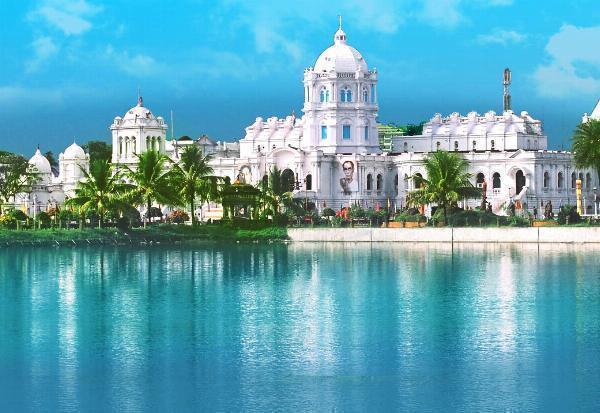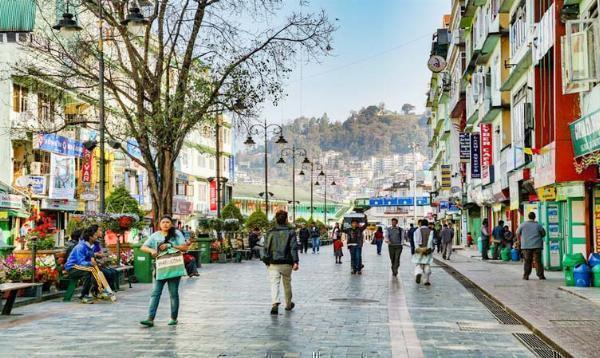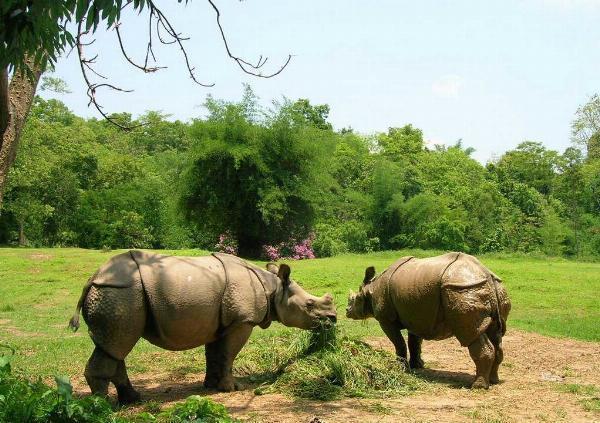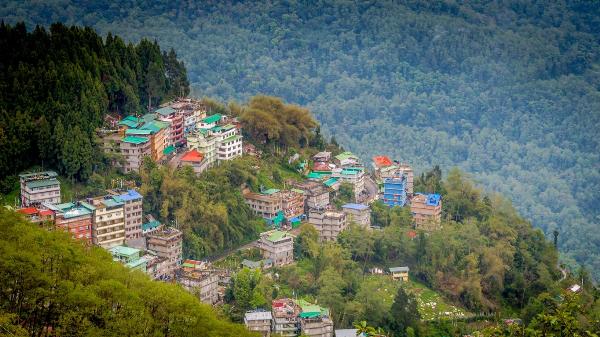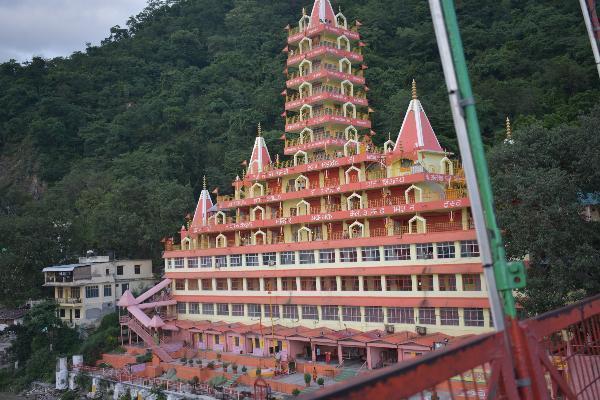 Link Insertions on Real Blogs – Quick Wins for Better Rankings!
Link Insertions on Real Blogs – Quick Wins for Better Rankings!
Nathula Pass: A Gateway to Himalayan Splendor
Written by Kajal Singh » Updated on: June 17th, 2025

Nathula Pass is a stunning mountain pass on the Indo-Tibetan border, offering travelers an unforgettable journey through the heart of the Himalayas. Known for its breathtaking views and rich history, this high-altitude pass is a must-visit destination for those exploring Sikkim and the northeastern region of India. In this article, we’ll explore everything you need to know about Nathula Pass, including how to travel from Gangtok, the necessary permits and what to expect in terms of temperature.
What is Nathula Pass?
Nathula Pass is a high-altitude mountain pass situated in the eastern Himalayas. It forms a part of the ancient Silk Route that connected India with Tibet. Located at an elevation of about 14,140 feet (4,310 meters) above sea level, Nathula Pass offers panoramic views of snow-capped peaks and lush valleys. The pass serves as a crucial link between Sikkim and Tibet, making it not only a geographical marvel but also a historical landmark.
Traveling from Gangtok to Nathula Pass
The journey from Gangtok to Nathula Pass is as thrilling as the destination itself. Gangtok, the capital of Sikkim, is approximately 56 kilometers (35 miles) from Nathula Pass. The drive to the pass is scenic and adventurous, taking you through winding mountain roads and offering stunning views of the surrounding landscape.
To get from Gangtok to Nathula Pass, you will need to take a vehicle, usually arranged through local travel agencies. The road to Nathula is well-maintained but can be challenging due to the high altitude and sharp turns. It’s advisable to travel in a vehicle with a skilled driver who is familiar with the mountain roads.
Nathula Pass Permit
Due to its proximity to the international border with China, visiting Nathula Pass requires special permits. These permits are issued by the Indian Army and are mandatory for all tourists. Here’s what you need to know about obtaining a permit:
Types of Permits: There are two main types of permits for Nathula Pass:
Inner Line Permit (ILP): This is required for Indian citizens. It allows you to visit restricted areas in Sikkim, including Nathula Pass.
Protected Area Permit (PAP): This is needed for foreign nationals. It allows entry to protected and sensitive areas near the Indo-Tibetan border.
How to Obtain Permits: Permits can be obtained through travel agencies in Gangtok or directly from government offices. It’s advisable to arrange your permits in advance, as they are required to process your travel to Nathula Pass. Ensure you carry identification documents, such as a passport or Aadhaar card, when applying for the permit.
Permit Processing Time: The permit application process can take a few days, so plan ahead to avoid any last-minute hassles. Some travel agencies offer packages that include permit arrangements, which can be convenient for tourists.
Nathula Pass Temperature
The temperature at Nathula Pass varies significantly depending on the season. Due to its high altitude, the pass experiences extreme weather conditions throughout the year. Here’s a general overview of the temperature you can expect:
Summer (May to September): During the summer months, the temperature at Nathula Pass ranges from 5°C to 15°C (41°F to 59°F). While the weather is relatively milder compared to winter, it can still be quite chilly, especially in the early morning and late evening. Summer is considered the best time to visit Nathula Pass as the roads are clearer and the chances of snowfall are lower.
Winter (October to April): Winter temperatures at Nathula Pass can drop significantly, often reaching as low as -10°C to -20°C (14°F to -4°F). Heavy snowfall is common during this season, making the pass even more picturesque but also more challenging to visit. Roads can become treacherous, and travel may be restricted due to snow and ice.
Monsoon (July to August): The monsoon season brings heavy rainfall to the region, which can lead to landslides and roadblocks. The temperature during the monsoon months ranges from 10°C to 20°C (50°F to 68°F), but the risk of travel disruptions makes this season less favorable for visiting Nathula Pass.
Preparing for Your Visit
A trip to Nathula Pass requires careful preparation due to its high altitude and unpredictable weather. Here are some tips to ensure a smooth and enjoyable visit:
Clothing: Dress in layers to manage the varying temperatures. Even in summer, it’s advisable to carry warm clothing, including a jacket, gloves, and a hat. In winter, heavy thermal wear and waterproof gear are essential.
Health Precautions: The high altitude can cause altitude sickness. To minimize risks, ensure you’re well-hydrated, avoid heavy meals before traveling, and take it slow to acclimatize. It’s also wise to carry basic medications and consult with a doctor if you have any health concerns.
Travel Insurance: Consider purchasing travel insurance that covers high-altitude travel and medical emergencies. This adds an extra layer of safety in case of unforeseen circumstances.
Guides and Local Support: Traveling with a local guide or joining a tour group can enhance your experience. They can provide valuable insights, ensure safety, and help navigate the mountain roads.
Respect Local Regulations: Follow all local guidelines and respect the natural environment. Nathula Pass is a sensitive area, and it’s important to adhere to regulations and preserve the pristine beauty of the region.
Conclusion
Nathula Pass is an amazing destination that offers a unique mixture of natural beauty, historical significance and adventure. Its high altitude, dramatic temperature fluctuations and the need for special permits add to the allure of visiting this Himalayan gem. Whether you are starting a journey from Gangtok or preparing for the weather at the pass, Nathula promises an experience that is both challenging and deeply rewarding. With proper preparation and respect for the local environment, a visit to Nathula Pass can be an unforgettable highlight of your travels in Sikkim.
Note: IndiBlogHub features both user-submitted and editorial content. We do not verify third-party contributions. Read our Disclaimer and Privacy Policyfor details.
Copyright © 2019-2025 IndiBlogHub.com. All rights reserved. Hosted on DigitalOcean for fast, reliable performance.


